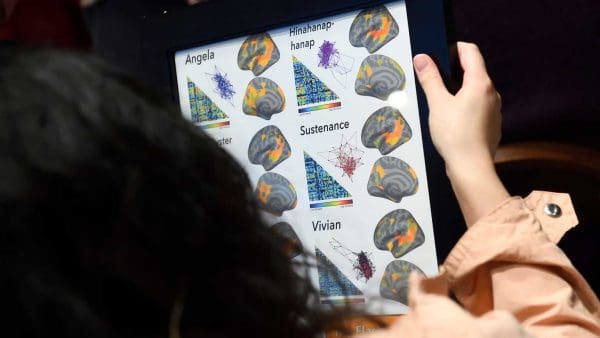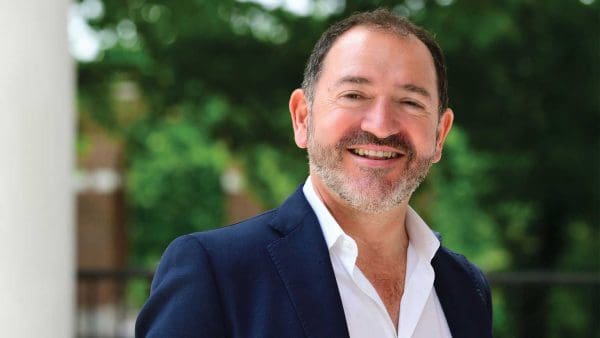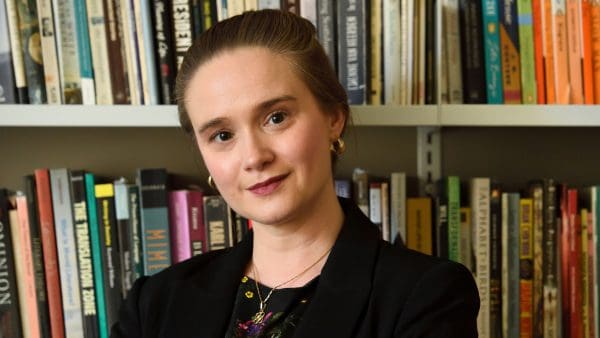After nearly 40 years as an outlet for student creativity, the visual arts program at the Krieger School has become a full academic minor.
University leaders expect the designation to give the program, which includes painting, drawing, cartooning, sculpture, and photography, an even higher profile on and off campus.
“The Krieger School is eager to see Johns Hopkins increase its footprint in the practice of art, and hence we are delighted that the Academic Council has approved the minor in visual arts,” said Katherine S. Newman, dean of the School of Arts & Sciences. “Increasingly, we are seeing our community become a ‘destination’ for filmmakers and drama students, following on the heels of our storied programs in creative writing and poetry and, of course, the legendary program in music at Peabody. Adding the fine arts to this array only strengthens our reputation as a locus of creativity.”
Rachel Riegelhaupt, a junior determined to minor in art, was the main driver for the change. An international studies major from New York who has taken classes in drawing and painting every semester, Riegelhaupt drafted a petition in 2012 and addressed it to university President Ronald J. Daniels and the board of trustees. Riegelhaupt collected several hundred signatures.
Homewood Art Workshops Director Craig Hankin drafted a proposal for the minor. The Homewood Schools Academic Council approved it last summer, allowing students to minor in art starting immediately. Student minors will be able to focus on traditional studio arts or a digital curriculum centered on digital photography.
The Homewood Art Workshops began in 1974 when Eugene Leake, a landscape painter and former president of the Maryland Institute College of Art, became Johns Hopkins’ first artist-in-residence. He founded the program, which was completely elective, so students could explore their creative side while learning the basics of drawing and painting.
Now the program offers at least a dozen courses per semester with two full-time instructors and several adjuncts. Enrollment averages 128 students per semester with another 109 students on waiting lists.
“What we hear over and over is our classes are completely unlike nearly all of their other classes, particularly in the sciences and engineering,” Hankin says. “We’re making things with our hands, eyes, and brains, taking our emotional and intellectual impressions of the world and releasing them tangibly through paint and ink and clay.”




